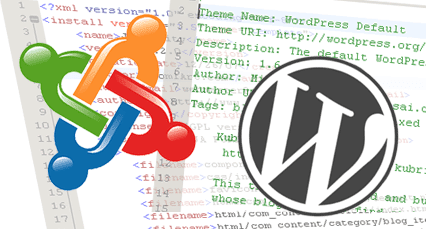
Web design has come a long way from the early days when hypertext markup language, better known as HTML, first emerged as somewhat of the internet standard recognized by most web browsers. HTML did have its moment of glory, and although still quite popular with web designers for creating small, simple and static web pages; the internet has simply outgrown basic HTML websites as web design has evolved. Static HTML alone has far too many limitations to be effective for large web sites that are routinely updated and have page commonality, nor does it have the functionality needed for today’s dynamic web pages. The solution, use a CMS!
Content Management System or CMS is a data base driven system that manages content that is placed into the specified areas on a webpage template. This system has several advantages over HTML and is the difference between a purely static HTML webpage and a dynamic page such as a forum or blog.
For large websites that are updated regularly, CMS is highly advantageous over HTML. Take a website’s menu that is available on each of its pages, for example. If the menu were created using HTML, the website owner would have to pay the web designer to make any menu changes to each and every page of the website. This can become very costly depending on the size of the website, whereas if the menu were created using CMS, simply changing the menu in the database would be reflected across all of the websites pages. Even for updates that do not reflect across a range of webpages, CMS is still highly advantageous simply by its ease of use.
Let’s say that a website includes a daily quote on its homepage. If the quote was presented inside html, it would require the knowledge of HTML code and an editor to properly place the new text on the home page each day. On the other hand, in a page build using CMS, all that is needed is a quick text update to the data base. A Content Management System is also very useful for website features, such as e-commerce shopping carts and photo galleries that utilize replicated pages.
Cost is always a factor when having a website built and while the initial cost to create a HTML based website may be lower, the cost to maintain a static HTML website can become quite burdensome, especially for websites that are updated frequently. One solution is for the website owner to learn html and do their own updates however. Doing so would take a significant amount of time and also require costly html editing software. The other solution is to have the initial website created using CMS thus allowing for very simply updates, not much different than writing an email.
Joomla is a free and open source Content Management System for publishing content that makes updating CMS website content a breeze. WordPress is another great free and open source CMS tool for blogging. These and other easy to use CMS tools are just a few of many advantages of utilizing CMS over pure HTML on virtually any website, large or small.







Leave A Comment